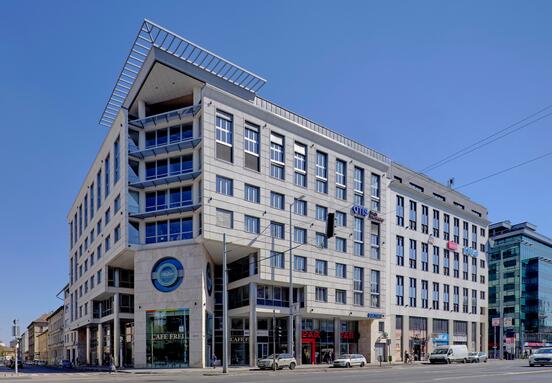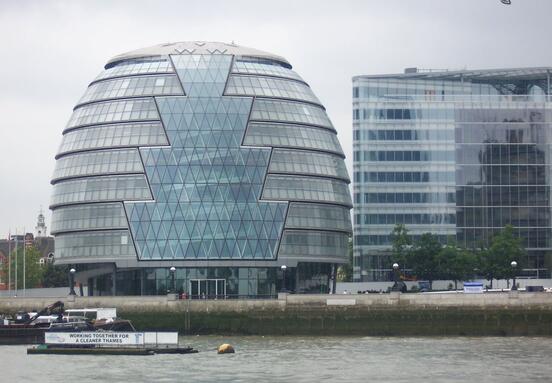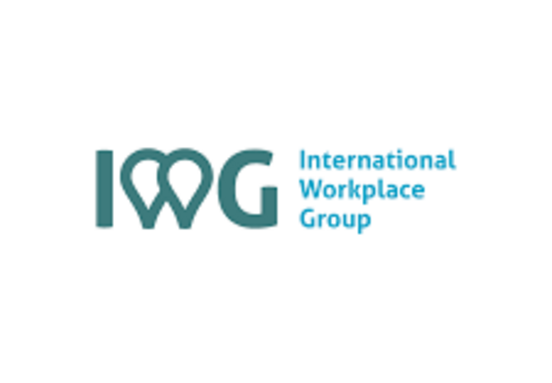Hong Kong (Central) and London’s West End remained the two most expensive office locations in the world. Hong Kong’s (Central) overall prime occupancy costs of US$3,256 per sq. m. per year topped the “most expensive” list, followed by London’s West End (US$2m302 per sq. m.), New York (Midtown) (US$2,183 per sq. m.), Hong Kong (West Kowloon) (US$2,045 per sq. m.) and Beijing (Central Business District (CBD)) (US$1,971 per sq. m.).
“The global top-10 list reflects the ongoing strength of global gateway cities in attracting and maintaining a successful occupier base,” said Richard Barkham, global chief economist, CBRE. Global prime office occupancy costs - which reflect rent, plus local taxes and service charges for the highest-quality, “prime” office properties - rose 1.9 percent year-over-year, with the Americas up 3.6 percent, EMEA up 0.8 percent and Asia Pacific up 1.2 percent.
Durban (South Africa) had the highest increase in occupancy cost overall, though Stockholm (Sweden) registered some of the fastest growth in Europe, along with Palma de Mallorca (Spain), Belfast (U.K.) and Amsterdam (Netherlands). In Asia Pacific, Shanghai (Puxi) in China had the highest growth in occupancy cost, followed by Guangzhou, Bangalore and Shanghai (Pudong). Buenos Aires showed the biggest increase in the Americas overall, while suburban Denver, suburban Houston and New York Midtown South saw the largest occupancy-cost increases in the U.S.
CBRE tracks occupancy costs for prime office space in 121 markets around the globe. Of the top 50 “most expensive” markets, 21 were in Asia Pacific, 16 were in EMEA and 13 were in the Americas.
Europe Middle East & Africa (EMEA)
In EMEA, Durban (South Africa) had the highest increase in occupancy cost overall, though Stockholm (Sweden) registered some of the fastest growth in Europe. Palma de Mallorca (Spain), Belfast (U.K.) and Amsterdam (Netherlands) also showed double-digit growth, with Lyon (France) and Berlin (Germany) not far behind.
In London’s West End, the fall in occupancy costs is largely due to a fall in rents triggered by more subdued demand, particularly amongst financial occupiers who have become less willing to pay the high rents prevailing in London’s premier market. Occupier efforts to reduce occupancy costs due to the ongoing strength of the Swiss franc relative to the euro have resulted in falls in Swiss markets, including Geneva and Zurich. London (City) was pushed out of the top-10 most expensive markets to 11th place, despite prime office costs rising by 2.9%.
CBRE








